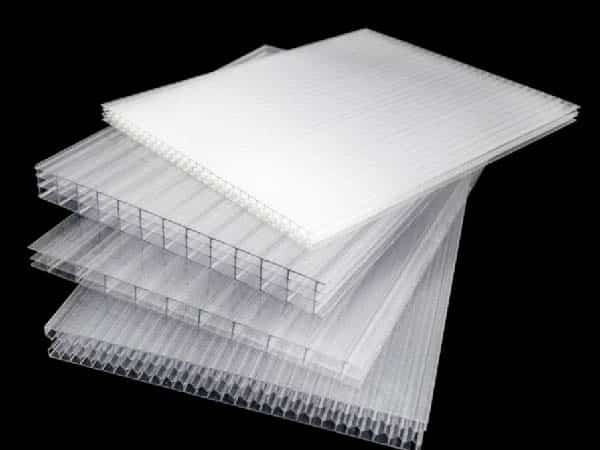Many people struggle to tell greenhouses from glasshouses. This article explores their differences across five key areas: concept, covering materials, uses, setups, and scale. We aim to clarify the unique features and applications of each, enhancing your understanding of their distinctions.
Part 1. Defining Greenhouses and Glasshouses
“Greenhouse” is a term that refers to an area enclosed by transparent or semi-transparent materials, designed to support plant growth. In contrast, a “glasshouse” is a specific greenhouse type made entirely of glass panels to maximize sunlight penetration.
Generally, greenhouses use plastic films or other materials for covering. Therefore, while all glasshouses are greenhouses, not all greenhouses are glasshouses.
Part 2. Covering Materials: Key Differences
The primary difference between greenhouses and glasshouses is the covering materials used; glasshouses exclusively use glass, whereas greenhouses may also use various plastics, which may be much cheaper than glass.
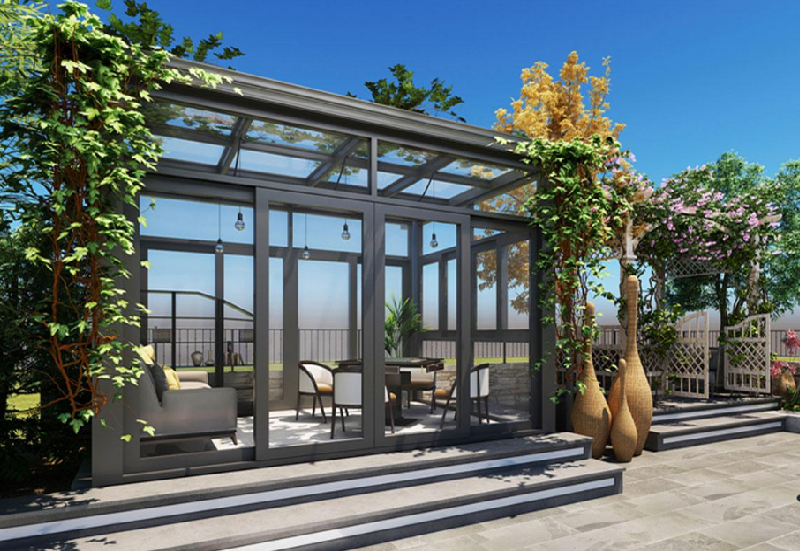
Glasshouses are favored not only for their aesthetic appeal but also for the durability and high transparency of glass, which ensures stable lighting conditions. Glass panels effectively prevent heat loss and allow plenty of natural light. Though glasshouses generally incur higher initial construction and maintenance costs than plastic-covered greenhouses, they offer a longer lifespan and create an ideal environment for plants.
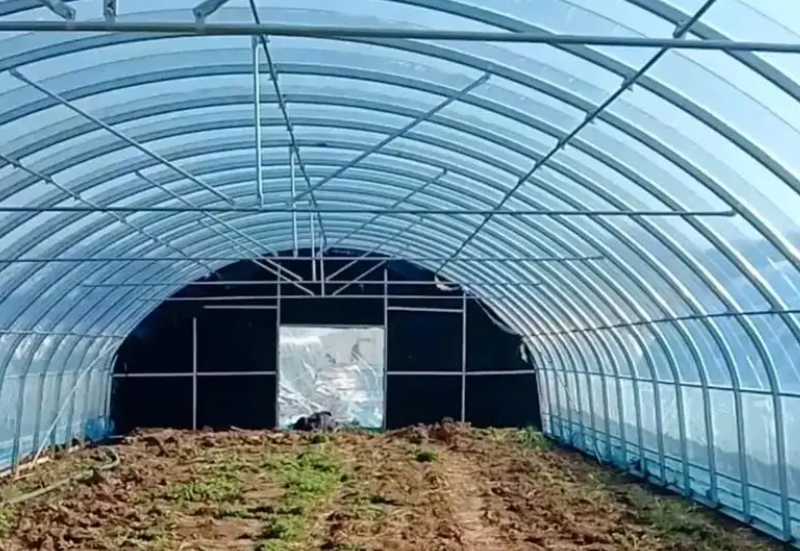
Part 3. Diverse Uses of Greenhouses and Glasshouses
Greenhouses and glasshouses differ in function and application.
Greenhouses fall into three categories: production, experimental, and commercial. Production greenhouses are the most common greenhouses that focus on growing vegetables, flowers, and other plants. Experimental greenhouses support scientific research and education, offering environments for studying plant growth, genetics, and more. Commercial greenhouses, open to the public, mainly serve as display venues in botanical gardens and large floral shows, aiming to educate and delight visitors.
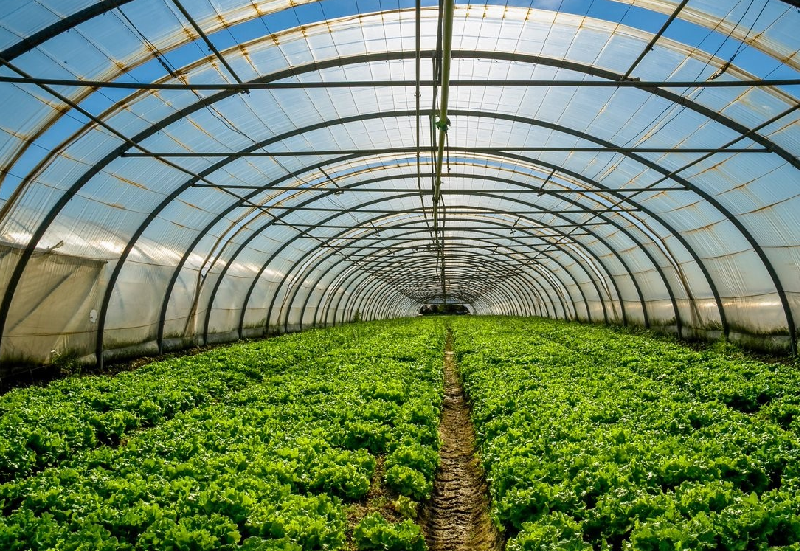
In contrast, “glasshouse” refers to smaller glass structures like personal hobby greenhouses or sunrooms. These are still greenhouses but focus more on enhancing daily life and personal enjoyment than large-scale farming.
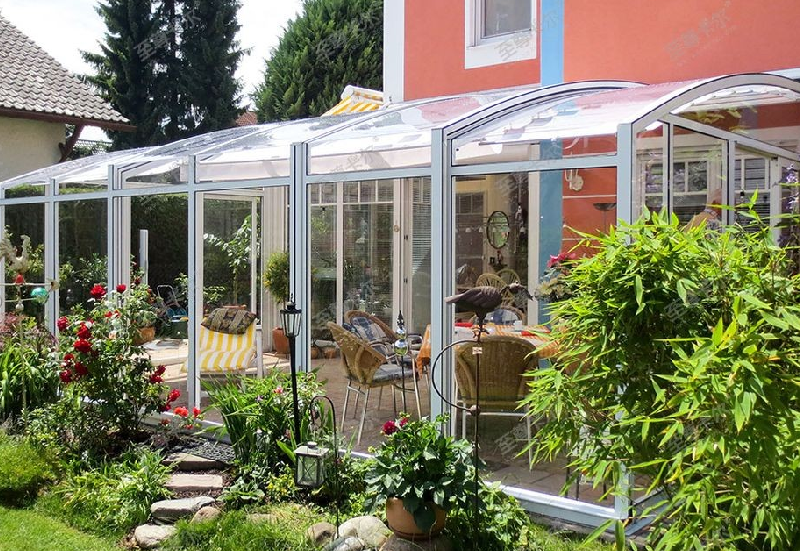
You might wonder about glass greenhouses used for large-scale planting. These large commercial glass structures, often called “commercial glass greenhouses,” feature advanced environmental controls like automatic temperature, humidity, and lighting management. They meet high commercial farming standards, ensuring high yields, quality, and efficiency.
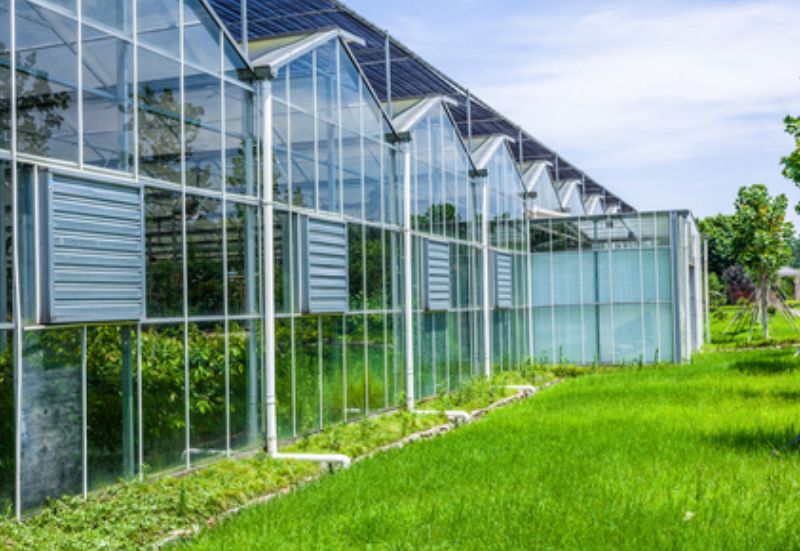
In summary, while greenhouses and glasshouses share similarities, their primary uses and functions have clear distinctions. This classification enhances our understanding of their roles in modern agriculture and daily life.
Part 4. System Differences in Greenhouses and Glasshouses
Greenhouses and glasshouses vary significantly in their climate control system due to their distinct uses.
Agricultural production greenhouses have specialized systems such as irrigation, lighting, ventilation, and sometimes advanced features like physical plant protection technologies or environmental controls. These setups are designed to meet the year-round growth needs of various crops, targeting high yields and efficiency.
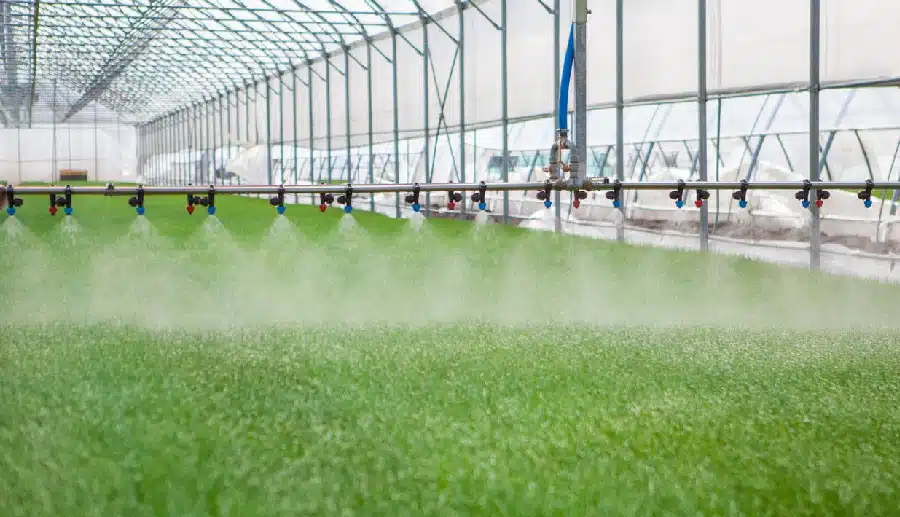
In contrast, glasshouse setups tend to be simpler, relying more on natural conditions to maintain a suitable growing environment. They often use natural light and basic temperature controls, such as window ventilation or small heaters. The primary reliance is on the glass’s insulating properties to maintain a warm internal atmosphere. Simple moisture management is typical, and watering in ordinary glasshouses might be manual without complex automated systems.
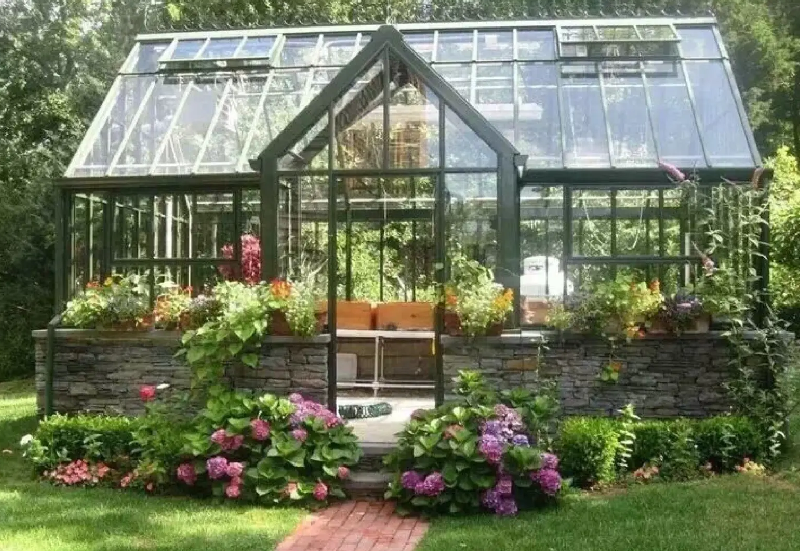
Such setups are ideal for hobbyists or small-scale gardening, providing a warm and sunny environment perfect for less demanding plants or seasonal planting.
Part 5. Scale Differences Between Greenhouses and Glasshouses
Scale is a key difference between greenhouses and glasshouses, as reflected by their uses and setups.
Generally, greenhouses are large, particularly those for commercial agricultural production. They cover vast areas to accommodate numerous crops and facilitate efficient production. These structures can range from thousands to millions of square feet, suitable for large-scale planting and management. On the other hand, home-use plastic greenhouses, though still classified as greenhouses, are typically smaller and cater to personal or family needs.
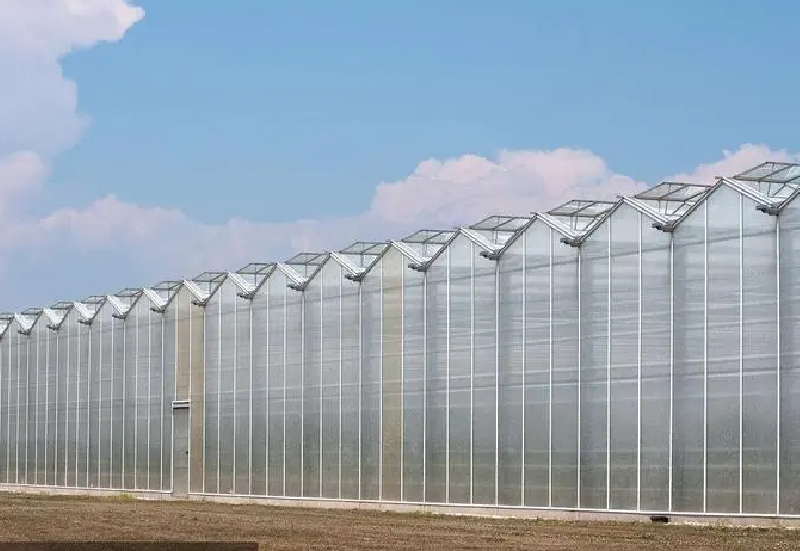
In contrast, glasshouses are usually smaller and often used for personal gardening, leisure activities, or as extensions of residential spaces. Their design and construction focus on aesthetics and functionality, with a moderate size that is easy to maintain and manage. In residential settings, glasshouses provide a warm, sunny space for plants and serve as a cozy spot for family leisure activities during colder seasons.
Conclusion
While greenhouses and glasshouses share some conceptual overlaps, they significantly differ in materials, uses, setups, and scale. Greenhouses primarily enhance agricultural production efficiency and profitability. Glasshouses, however, are more about improving homeowners’ quality of life and fulfilling personal interests.
This article aims to help you make informed decisions when designing, building, and using these structures to maximize your benefits. If you are interested in building a commercial greenhouse, feel free to reach out to us for more information.

